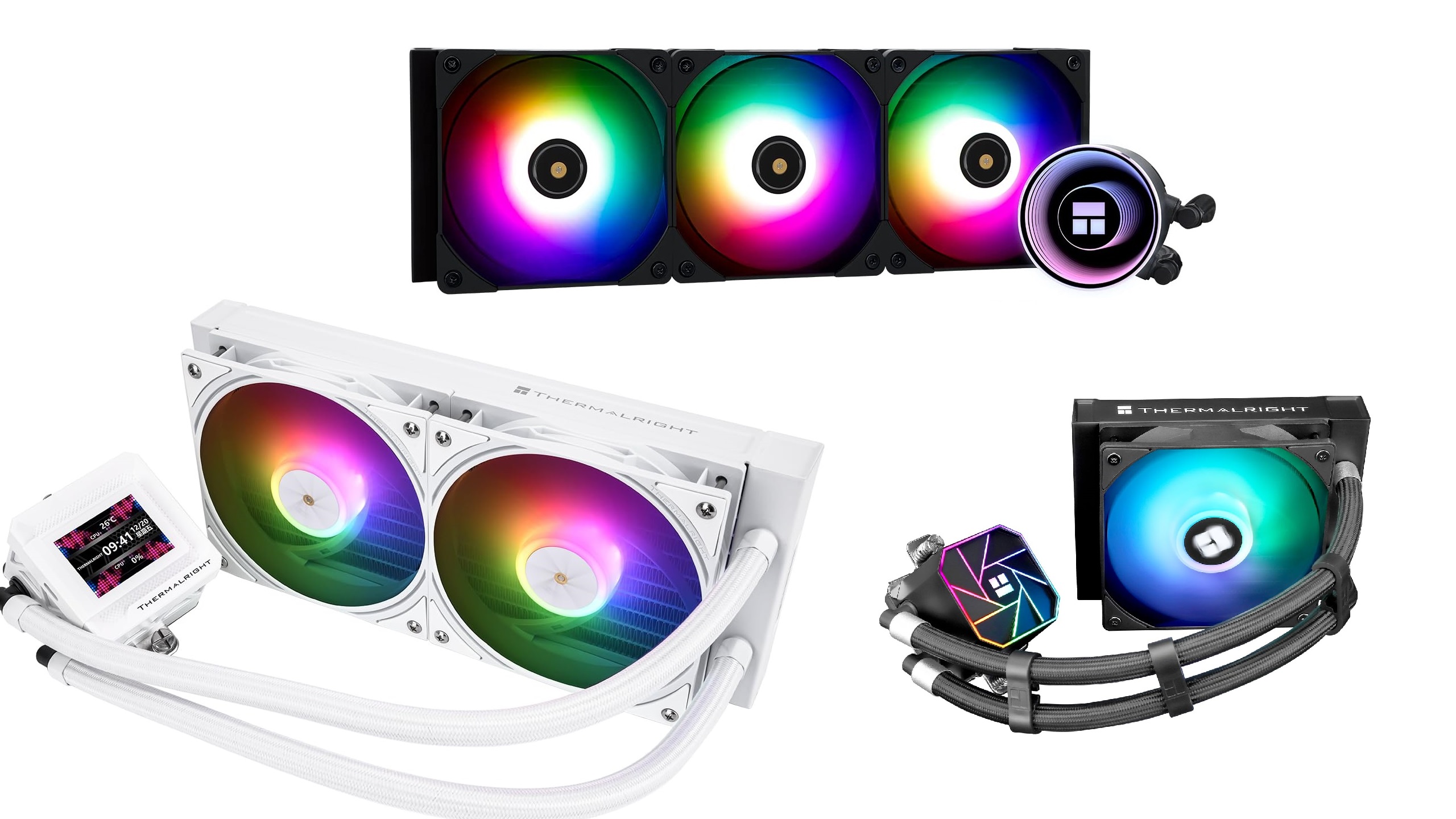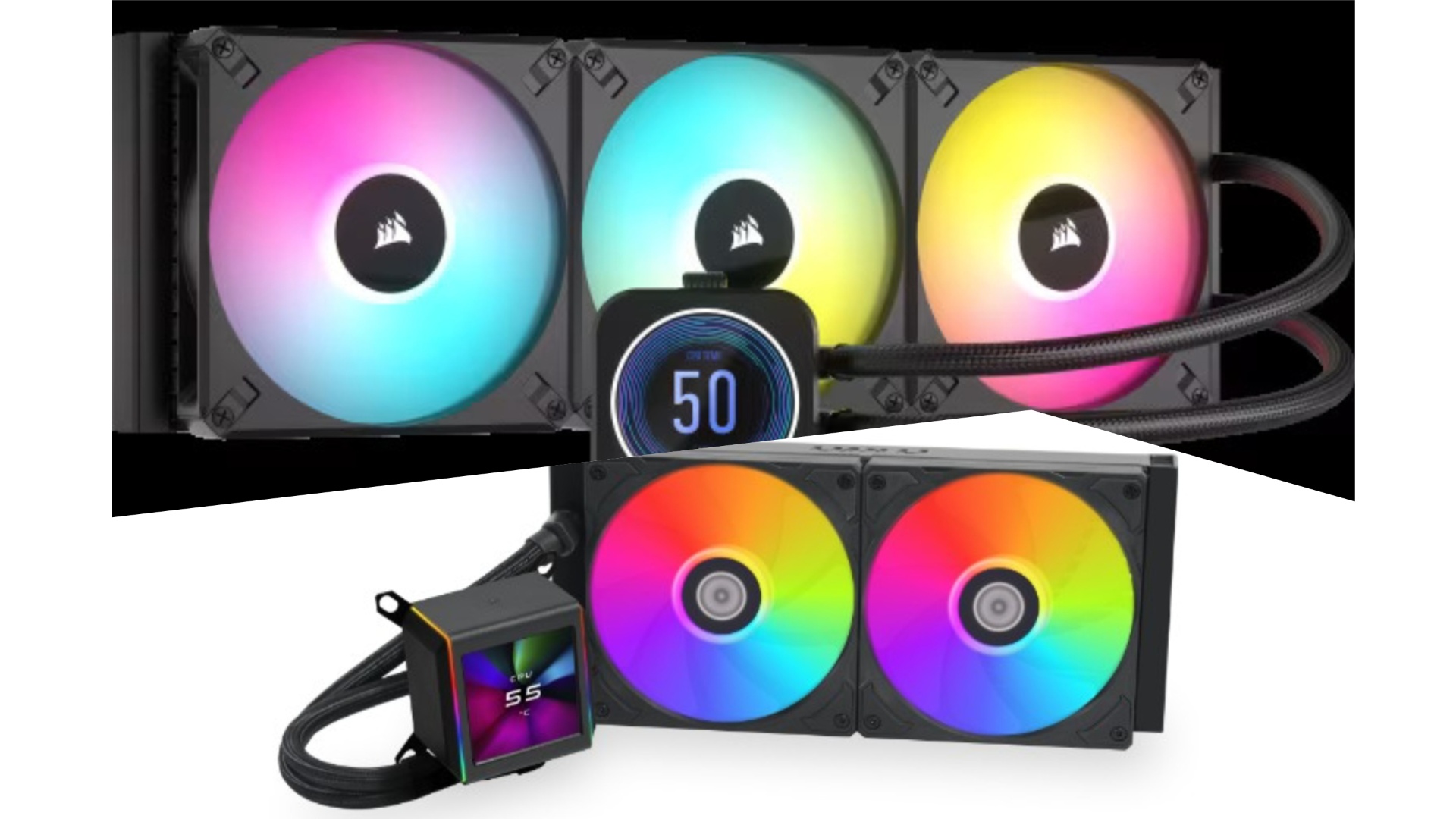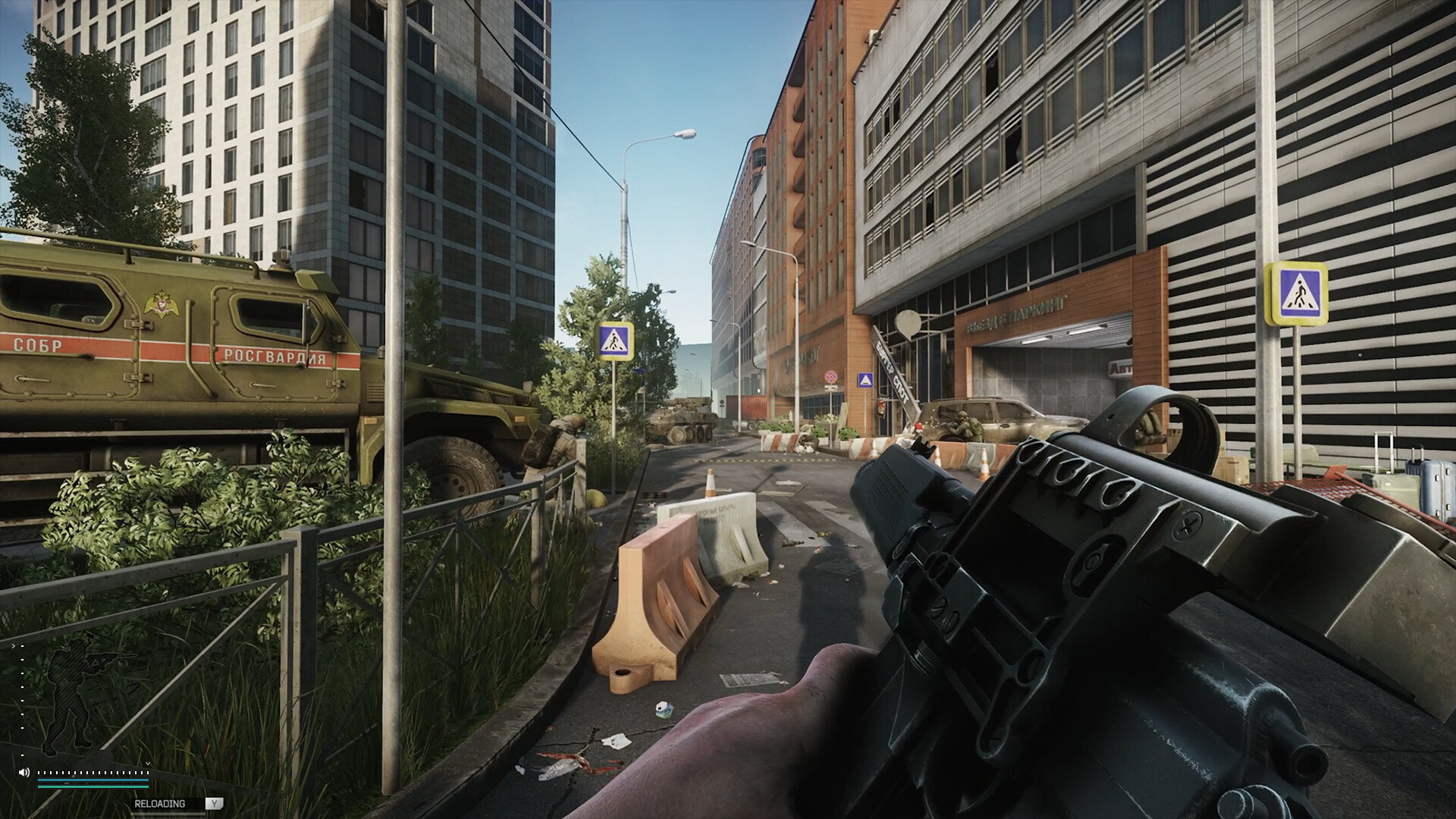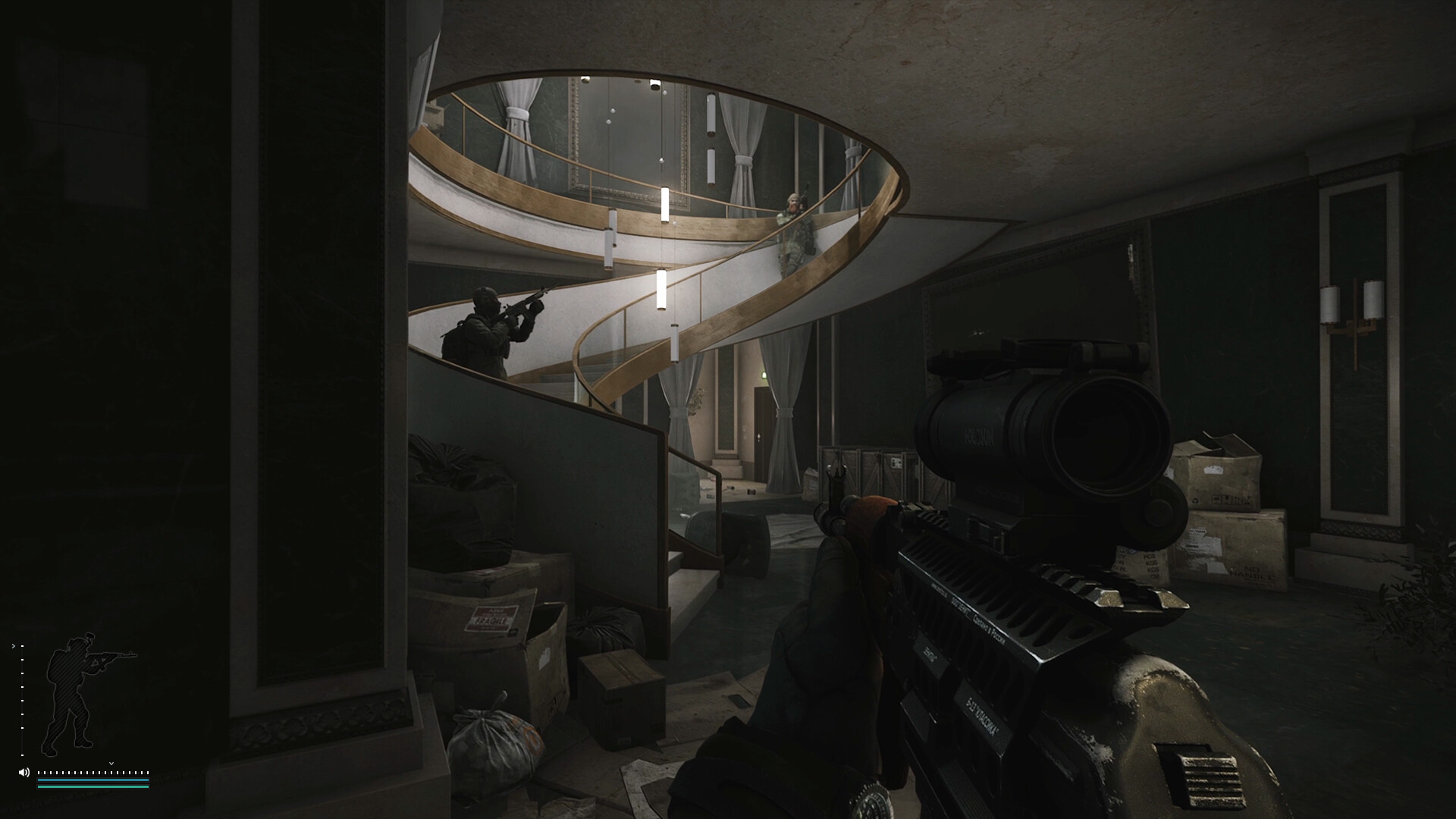Before you buy an AIO (All-in-One Liquid Cooler), here’s what marketers won’t tell you about hidden pitfalls, such as cost, lifespan, and real risk.

Gamers often fall into the misconception that an AIO can seamlessly handle their power-hungry Intel or AMD CPU. While this is true, an AIO can undoubtedly perform under certain situations. And they look sleek in the process too; for example, all the fancy lighting, LED screens, and the like. Often, there are times when you are paying a premium for all this, instead of just pure cooling performance. Yes, high-performance AIOs are incredibly potent when it comes to cooling your CPU, but they also come with inevitable tradeoffs.
In this article, we’ll explore the real-world trade-offs, costs, lifespan, reliability, and what most people don’t realize until their pump fails mid-session. So, whether you are planning your new PC, before tossing one in with your CPU, you must know all these beforehand.
Cost and Performance Reality of All-in-One Liquid Coolers

- Price inefficiency dominates purchasing decisions – AIOs cost significantly more than equivalent air coolers while delivering similar performance.
- High-end air coolers can match or exceed AIO performance. Premium air coolers, such as Noctua’s NH-D15 and the NH-D15 G2, provide comparable cooling at a lower noise level.
- Marketing creates false performance expectations – AIOs appear advanced with LED screens, etc., but in reality, it’s a cooler, not a spaceship.
Reliability and Lifespan Concerns
- Multiple failure points increase an AIO’s breakdown risk. There are six potential failure components: the pump, the fans, the tubing, the fittings, the radiator, and the coolant.
- Pump failures occur frequently. Most AIOs experience pump failure within 5-7 years, requiring complete unit replacement.
- Coolant permeation shortens the lifespan of sealed systems due to the gradual loss of coolant through microscopic permeation, creating air bubbles that damage the pump.
- Quality air coolers are built like a tank, and they function for decades, requiring only fan replacements.
Hidden Operational Issues
- AIOs generate pump noise plus fan noise, making them louder than advertised and often annoying to some.
- Installation complexity increases the risk of failure, as improper mounting allows air into pumps, leading to premature failure.
- Collant maintenance is almost impossible. This is because sealed systems prevent cleaning or coolant replacement when performance begins to degrade. If you manage to remove your AIO, your warranty is void.
Catastrophic Damage Potential
- AIO leaks can destroy motherboards, GPUs, and other components. Fortunately, this is rare nowadays.
- No warning signs precede failures. If the pumps fail suddenly without advance notice, it could damage your CPU to the point of no return.
- Warranty coverage remains limited; component damage from leaks often requires a lengthy claims process.
In summary, AIOs are expensive air coolers with more points of failure, a shorter lifespan, and the added risk of catastrophic damage. Also, read our CPU Cooler Trends 2025: Why Air Cooling Is Making a Comeback article for a better understanding of how potent CPU air coolers are.
We provide the latest news and “How To’s” for Tech content. Meanwhile, you can check out the following articles related to PC GPUs, CPU and GPU comparisons, mobile phones, and more:
- 5 Best Air Coolers for CPUs in 2025
- ASUS TUF Gaming F16 Release Date, Specifications, Price, and More
- iPhone 16e vs iPhone SE (3rd Gen): Which One To Buy in 2025?
- Powerbeats Pro 2 vs AirPods Pro 2: Which One To Get in 2025
- RTX 5070 Ti vs. RTX 4070 Super: Specs, Price and More Compared
- Windows 11: How To Disable Lock Screen Widgets
 Reddit
Reddit
 Email
Email


